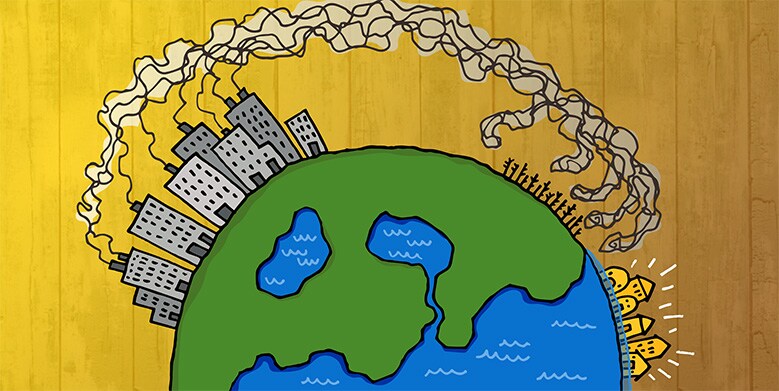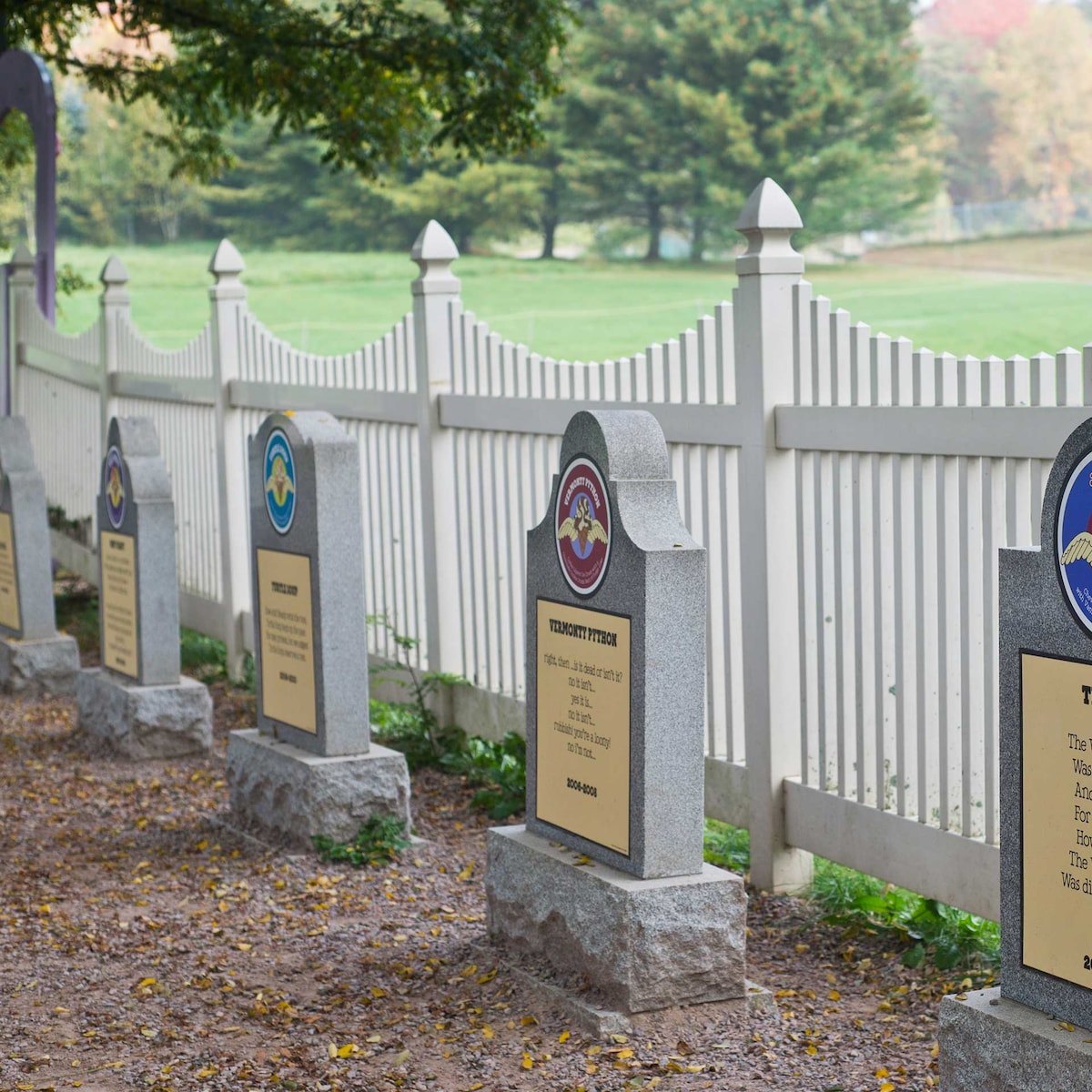
‘Climate justice’ is a phrase used often when talking about climate change, and a term we want to see used more, but what does it actually mean?
The climate crisis will affect all of us in one way or another, and it’s in all of our best interests to address it. But existing social divisions such as class, location, gender, race and disability mean that some people and communities are feeling the effects of the climate crisis sooner and more severely than others, with the poorest and most vulnerable people the ones hit hardest.
Often these communities are those who hold the least responsibility for the climate change. For instance, if you were born in Uganda or Malawi, where extreme weather and rising temperatures are wreaking havoc on food supplies, your carbon footprint is likely to be over 750 times lower than that of an individual from the 10 most polluting nations.
And differences in how people experience the effects of climate change is not exclusive to communities abroad. For example, a study found that low-income communities in England are exposed to higher levels of air pollution, which is closely linked to many known health conditions, including higher risk of respiratory and cardiovascular diseases. This includes a disproportionate number of people of colour who face higher air pollution levels. For example, black people in London account for 13.3% of the population, however 15.3% of all Londoners exposed to nitrogen dioxide levels that breach EU limits are of Black, African and Caribbean descent. Those who earn more usually have higher levels of consumption and larger carbon footprints, however they are often best able to avoid the immediate impacts like polluted air from transport and industry.
It is much easier to focus attention away from the problem and direct a focus on action in other countries. But in order for us to effectively tackle climate change, we have to first accept where the responsibility lies. Currently, it is the richest 10% of the world who are held responsible for over 50% of global emissions and studies suggest that the poorest 50% are responsible for as little as 10% of global emissions.
The need to understand and address these inequalities are what we mean when we talk about climate justice. And the first step to doing that is to educate ourselves. That’s why we’ve put together some of our favourite resources for beginning to explore climate justice. Why not pick one to read or watch and discuss with a friend?
-
Climate change, racism, and climate justice - Ilyas Nagee (NUS)
This article is a great place to start, if you want to know how race and birthplace impact how vulnerable we are to the climate crisis. From sea level changes in the Pacific Islands to the Flint water crisis in the US, people of colour across the world are often unfairly impacted by climate change. If you want a quick, simple explanation of the intersection between racism and climate change, this is the place to start.
-
The World at 1°c
The World at 1°c is filled with amazing climate justice articles, blogposts, and interviews. We especially love A guide to climate violence, and Negotiating who lives and who dies: an interview with Asad Rehman, a hard-hitting discussion of how power, politics and economics affects our handling of the climate crisis.
-
Climate change is a social justice issue (video)
This video explores the connections between climate change and social justice using storytelling. Adriana Laurent shares her personal experience of the impacts of climate change in her home country, Honduras, and explains how climate change will impact the most marginalised across the world.
-
Let them drown: the violence of othering in a warming world - Naomi Klein
An excellent and far-reaching essay covering ‘green colonialism’, human rights, and fossil fuel extraction - and why we need to understand all of them if we’re to tackle climate change. It’s pretty long, but the good news is you can listen to a recording, read by Klein herself. Perfect for those of us with busy schedules who want to learn while we get on with our days.
-
9 Climate Activists of Colour You Should Know
Need a dose of hope? Greta’s not the only young person leading the climate movement. From water protector Autumn Peltier of the Anishinabek Nation, to Thomas Lopez of Standing Rock, check out these nine amazing young activists on the frontlines of the fight for climate justice.
This blog post was written for Ben & Jerry’s by our climate action pals at Possible


.png?imwidth=1200)